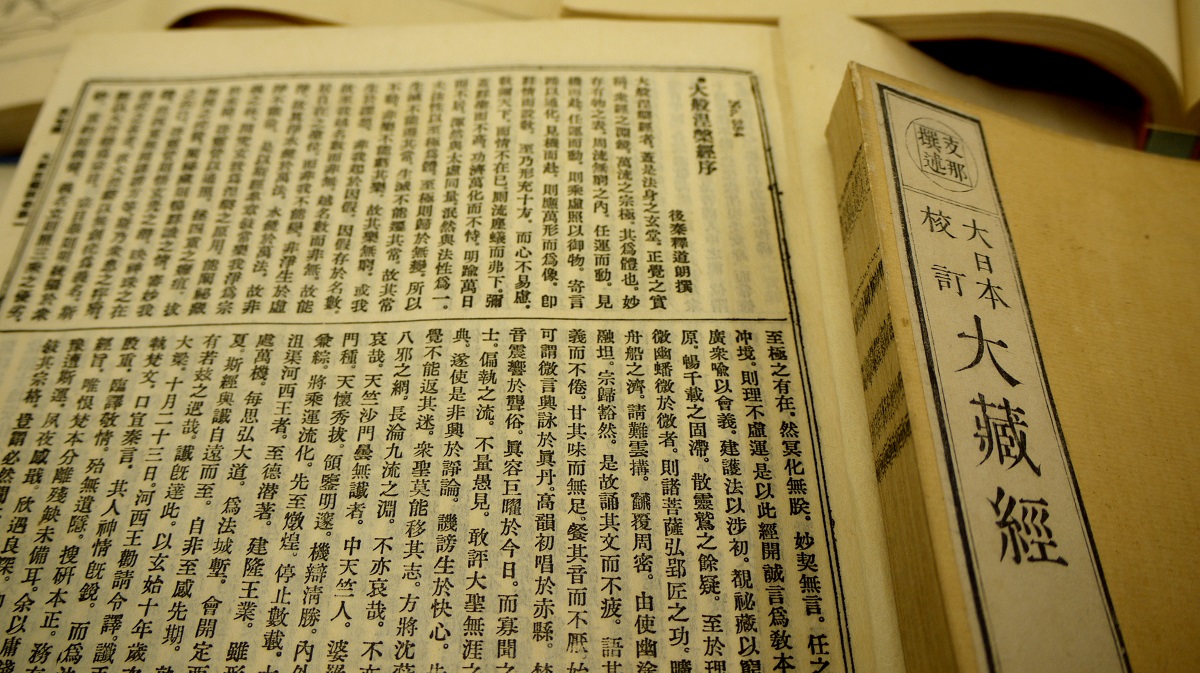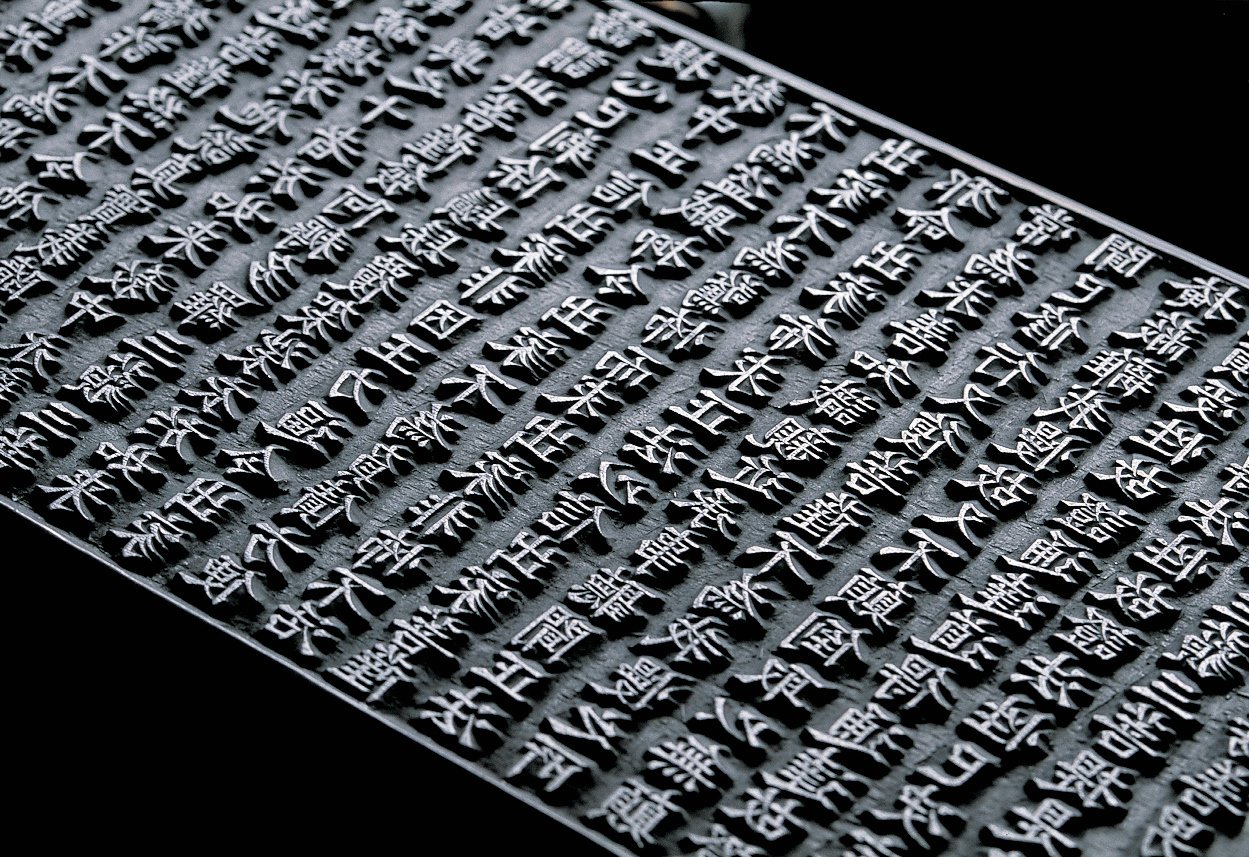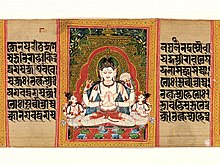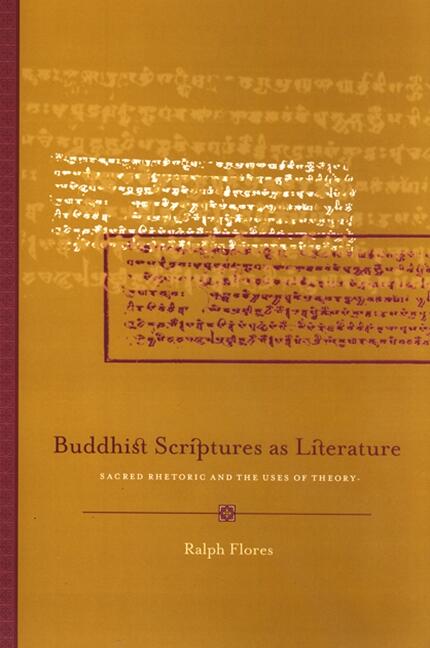Buddhist writings are a vast and varied collection of texts that have been composed over the course of more than two and a half millennia. These texts, which include scriptures, commentaries, histories, and other types of literature, have been produced by Buddhist monks, scholars, and practitioners in a wide range of cultures and languages. They provide insight into the teachings and practices of Buddhism, as well as the development of the religion over time.
One of the most well-known and influential Buddhist texts is the Pali Canon, which is a collection of scriptures that are considered to be the oldest and most reliable sources of Buddhist teachings. The Pali Canon, which was written in Pali, an ancient Indian language, consists of three main divisions: the Vinaya Pitaka, which contains rules and regulations for monastic life; the Sutta Pitaka, which contains discourses and teachings attributed to the Buddha; and the Abhidhamma Pitaka, which contains more philosophical and analytical teachings.
Another important Buddhist text is the Mahayana sutras, which are a collection of scriptures that were composed in India and later transmitted to East Asia. The Mahayana sutras are known for their emphasis on the idea of the bodhisattva, or a being who is dedicated to helping all sentient beings achieve enlightenment. Some of the most well-known Mahayana sutras include the Lotus Sutra, the Heart Sutra, and the Diamond Sutra.
In addition to scriptures, there are also many other types of Buddhist writings that have been produced over the centuries. These include commentaries and exegeses, which provide detailed explanations and interpretations of Buddhist teachings; histories, which document the development and spread of Buddhism; and biographies of the Buddha and other important figures in Buddhist history.
One of the unique features of Buddhist literature is that it is often written in a highly metaphorical and allegorical style, using stories and parables to convey complex ideas and teachings. This style of writing can be challenging for those who are not familiar with Buddhist teachings, but it also allows for a great deal of depth and nuance in the teachings themselves.
Overall, Buddhist writings are an invaluable resource for those interested in Buddhism and its teachings. They provide a window into the history and development of the religion, as well as a wealth of insights and guidance for those seeking to follow the Buddhist path.
The Buddha’s Words @ The Open Buddhist University

It is seen as damaging to one's mental clarity, mindfulness and ability to keep the other four precepts. Nirvana literally means "blowing out, quenching, becoming extinguished". Sangha The third "jewel" which Buddhists take refuge in is the "Sangha", which refers to the monastic community of monks and nuns who follow Gautama Buddha's monastic discipline which was "designed to shape the Sangha as an ideal community, with the optimum conditions for spiritual growth. While this teaching reflects the true nature of reality, it is not a belief to be clung to, but a pragmatic teaching to be put into practice. Female figures take on a much greater significance, becoming as important as male figures, if not more so. Various Mahāyāna sūtras warn against the charge that they are not word of the Buddha, showing that they are aware of this claim.
Buddhism's Sacred Texts

There are a great variety of Buddhist texts. One of these is the unique interpretation of emptiness and dependent origination found in the Madhyamaka school. The Brahma-vihara The four immeasurables or four abodes, also called Brahma-viharas, are virtues or directions for meditation in Buddhist traditions, which helps a person be reborn in the heavenly Brahma realm. However the sutra also has an Arahant seeing all the Buddha fields, it is said that reciting the name of the sutra will save beings from suffering, and the hell realms, and a meditative practice is described which allows the practitioner to see with the eyes of a Buddha, and to receive teachings from them: which are very much typical of Mahayana Sutras. . Eternal salvation, to use the Christian term, is not conceived of as world without end; we have already got that, called samsara, the world of rebirth and redeath: that is the problem, not the solution.
Buddhist Texts

In the various graduated paths, this is usually presented as a practice which is taught prior to formal sitting meditation, and which supports meditation by weakening sense desires that are a nimitta. The Pali suttas also say one should not "approve of others killing" and that one should be "scrupulous, compassionate, trembling for the welfare of all living beings. The basic premise is a radical non-dualism, in which every, and any dichotomist way of seeing things are denied: so phenomena are neither existent, nor non-existent, but are marked by sunyata, emptiness, an absence of any essential unchanging nature. The Life of Buddha. The goal of this paper is to discuss the Rangtong and Shentong views of emptiness through the lens of Tibetan Buddhist history as well as through the lens of some of the general points of Buddhism. The Buddha's discourses were perhaps originally organised according to the style in which they were delivered. In Buddhism, dukkha is one of the anattā.
A Primer in Chinese Buddhist Writings

Mahāyāna texts not only revere numerous lokuttara beings. Classic Indian Buddhist institutions mainly made use of the following structures: monasteries, rock-hewn cave complexes such as the Buddhism in the modern era Colonial era Buddhism has faced various challenges and changes during the colonisation of Buddhist states by Christian countries and its persecution under modern states. Prerequisites The Time Commitment This course contains about 80 hours of lectures and reading, depending on how fast you read, and can take anywhere from 2 weeks to a year to finish. Ashokan Era and the early schools Buddhism may have spread only slowly throughout India until the time of the During and after the Mauryan period 322—180 BCE , the Sthavira community gave rise to several schools, one of which was the Following or leading up to the schisms, each Saṅgha started to accumulate their own version of Post-Ashokan expansion In central and west Asia, Buddhist influence grew, through Greek-speaking Buddhist monarchs and ancient Asian trade routes, a phenomenon known as Milindapanha describes a conversation between a Buddhist monk and the 2nd-century BCE Greek king Milindapanha version, expressing doubts whether Menander was Buddhist or just favourably disposed to Buddhist monks. These are texts which were composed but hidden to be rediscovered at some later date.
Buddhist Writings : Various : Free Download, Borrow, and Streaming : Internet Archive

There are of course those which discuss the monastic rules, how they came about, how they developed, and how they were applied. These are largely attributed to Buddhagosa was also the author of the Visuddhimagga, or Path of Purification, which is a manual of doctrine and practice according to the Mahayana texts See Mahayana Sutras for a list of sutras categorised by source, without discussion. Paul Getty Museum, 2011, p. Elaborations on Emptiness: Uses of the Heart Sutra. A History of Indian Literature, Volume 2, p. There are many different forms of Buddhist structures. The Spirit of the Buddha.







